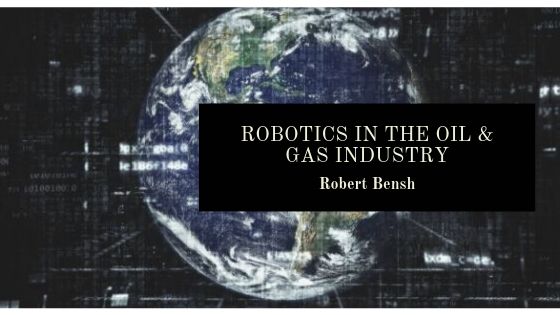The development of robots is changing how the oil and gas industries function. There are a handful of ways in which robotics are being used for offshore drilling.
To assist with the task of offshore drilling, ANYmal was created. It is the only autonomous robot capable of getting the task done. It was made to tackle the most treacherous of terrain. Using both thermal and visual cameras, it can perform offshore site inspections. It has sensors that work to detect the presence of gas underneath the surface of the land.
The robot has the ability to construct a map in 3D, showing the results of its automated inspections. The map helps the robot learn how to navigate the space where oil is present underground. Offshore drilling is made even more efficient than it would have been without the help of a robot. Its capabilities allow humans to operate the robot remotely, providing them with real-time data in the process.
The support offered by robots such as ANYmal makes area inspections easier to complete. ANYmal has been in use since 2018 when it was sent to search for oil in the North Sea. While there it inspected key areas where the oil may have been located.
The Argos Challenge inspired the development of ARGONAUT. It performs the same tasks the ANYmal does. The two robots are similar, using the same kinds of sensors to detect the presence of oil. The main difference between the two is that the ARGONAUT doesn’t work alone. With two units, each half can work separate shifts, giving ARGONAUT a greater output than ANYmal. The robots have also been in use since 2018 but were sent to the Shetland gas plant. After that, it was sent to the Alwyn platform, located offshore. The company behind ARGONAUT has plans to make it an industrial-scale solution to oil mining by the year 2022.
A similar robot was created as the result of a collaboration between professionals at the Norwegian University of Science and Technology. Eelume is meant to make the underwater world its home. There it will perform routine maintenance and repair tasks. Its docking station is located on a seabed, allowing its deployment to be as easy as possible.
